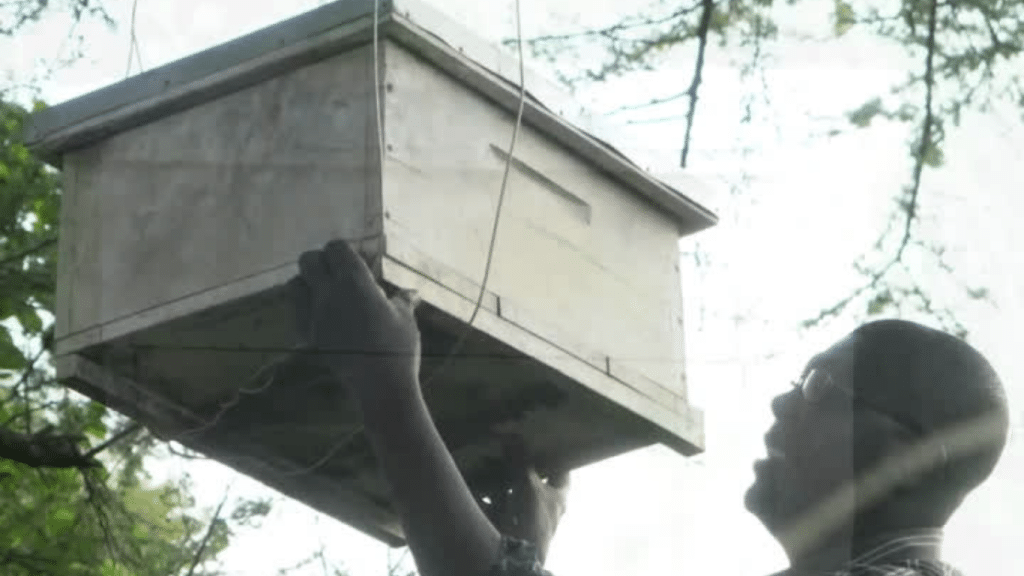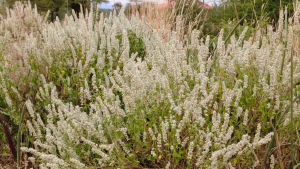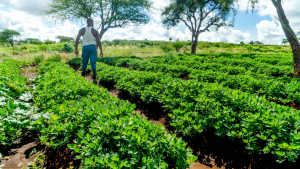Imagine a world devoid of vibrant fruits, crisp vegetables, and the satisfying crunch of nuts. Bleak, right? Bees, often undervalued in their quiet industriousness, are pivotal to both our ecosystems and agriculture. Their role as pollinators extends far beyond the production of honey; they are integral to the health and sustainability of many of the plants we depend on. They may be small, but bees are the unsung heroes of our dinner plates.
Role of Bees in the Ecosystems
Bees are essential for the pollination of a vast array of plants, including many that form the backbone of our ecosystems. As pollinators, they facilitate the reproduction of plants by transferring pollen from the male parts of flowers to the female parts. This process is crucial for the genetic diversity and resilience of plant populations. Without bees, many flowering plants would struggle to reproduce, leading to reduced biodiversity.
A diverse bee population translates to a diverse plant population, which in turn supports a flourishing ecosystem teeming with insects, birds, and other animals. Protecting bees safeguards the intricate web of life – it’s a win for nature, and ultimately, a win for us.
The ecological role of bees extends beyond plant reproduction. By supporting plant growth, bees indirectly sustain a variety of other organisms, from herbivores that feed on these plants to predators that feed on herbivores. Thus, bees are a cornerstone of the food web, maintaining the balance and health of ecosystems. Their decline would disrupt this delicate balance, triggering a domino effect that could ripple throughout the food chain.
Agricultural Dependence on Bees
The economic value of bees in agriculture is staggering. Pollination by bees contributes an estimated $235 to $577 billion to global food production annually. Agriculture, a cornerstone of human civilization, relies heavily on bees. Approximately 75% of the world’s food crops depend at least in part on pollination. Bees are responsible for pollinating many of the fruits, vegetables, nuts, and seeds that form the foundation of our diets. This includes staples such as apples, almonds, strawberries, and tomatoes. Studies suggest that one out of every three bites of food we consume depends on animal pollination, with bees taking the lead role. This translates to a staggering economic impact.
The decline of bee populations poses a significant threat to food security. Without sufficient pollination, crop yields would diminish, leading to increased food prices and reduced availability of nutritious foods. The ramifications of this could be particularly severe in developing countries, where communities rely heavily on local agriculture for sustenance.
Bees' Pollination Mechanisms
The science behind bee pollination is as fascinating as it is vital. Bees exhibit remarkable adaptations that make them effective pollinators. For instance, honeybees have hairy bodies that trap pollen as they move from flower to flower. They also exhibit flower constancy, meaning they tend to visit the same type of flower during a foraging trip, enhancing the efficiency of pollination.
There are over 20,000 known bee species, each with unique behaviors and roles. Different types of bees have evolved to specialise in various pollination tasks. Honeybees (Apis mellifera) are generalists and can pollinate a wide range of plants. Bumblebees (Bombus spp.), with their larger bodies and longer tongues, are adept at pollinating plants with deep, complex flowers. Solitary bees, such as mason bees (Osmia spp.), are often more efficient pollinators than honeybees for certain crops, such as almonds and blueberries. Additionally, honeybees operate in well-organised hives, while solitary bees, like bumblebees, work independently. Understanding these differences and the unique pollination strategies of each bee species is crucial for developing targeted conservation efforts.
The decline in bee populations due to factors like habitat loss, pesticide use, climate change, and disease underscores the urgency of conservation efforts. Protecting and promoting bee health is not just an environmental issue but a critical component of global food security and agricultural sustainability. Thus, understanding the diverse strategies employed by different bee species allows us to develop targeted conservation efforts.
The importance of bees in pollination and agriculture cannot be overstated. Their role in maintaining the health of ecosystems and supporting agricultural productivity is indispensable. To ensure a sustainable future, it is imperative that we take concerted actions to protect bee populations. This includes promoting bee-friendly farming practices, avoiding pesticide usage, and conserving natural habitats. By doing so, we can safeguard the vital services bees provide and secure the well-being of both our natural world and human society.
In conclusion, as we celebrate Bee Day, let us recognise and honor the invaluable contributions of bees. Their industrious work underpins much of the food we consume and the biodiversity we cherish. Protecting bees is not just an environmental responsibility but a crucial step towards a sustainable and resilient future. By ensuring the well-being of these tiny titans, we secure a future brimming with biodiversity, food security, and the delicious fruits (quite literally) of their labour.
We must safeguard our bee populations.








2 Responses
Very interesting points you have observed, thank you for posting.Blog monry
Bees are fascinating animals with an pivotal contribution to our ecosystems.